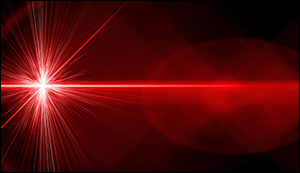Physicists discover a new form of light
18. 5. 2016 | Trinity College Dublin | www.tcd.ie
Physicists from Trinity College Dublin’s School of Physics and the CRANN Institute, Trinity College, have discovered a new form of light, which will impact our understanding of the fundamental nature of light.
One of the measurable characteristics of a beam of light is known as angular momentum. Until now, it was thought that in all forms of light the angular momentum would be a multiple of Planck’s constant (the physical constant that sets the scale of quantum effects).

Now, recent PhD graduate Kyle Ballantine and Professor Paul Eastham, both from Trinity College Dublin’s School of Physics, along with Professor John Donegan from CRANN, have demonstrated a new form of light where the angular momentum of each photon (a particle of visible light) takes only half of this value. This difference, though small, is profound.
To make this discovery, the team used an effect discovered in the 1830s by mathematician William Rowan Hamilton and physicist Humphrey Lloyd who found that, upon passing through certain crystals, a ray of light became a hollow cylinder. The team used this phenomenon to generate beams of light with a screw-like structure.
Analysing these beams within the theory of quantum mechanics they predicted that the angular momentum of the photon would be half-integer, and devised an experiment to test their prediction. Using a specially constructed device they were able to measure the flow of angular momentum in a beam of light.
Read more at Trinity College Dublin
Image Credit: Adobe Stock
-jk-




